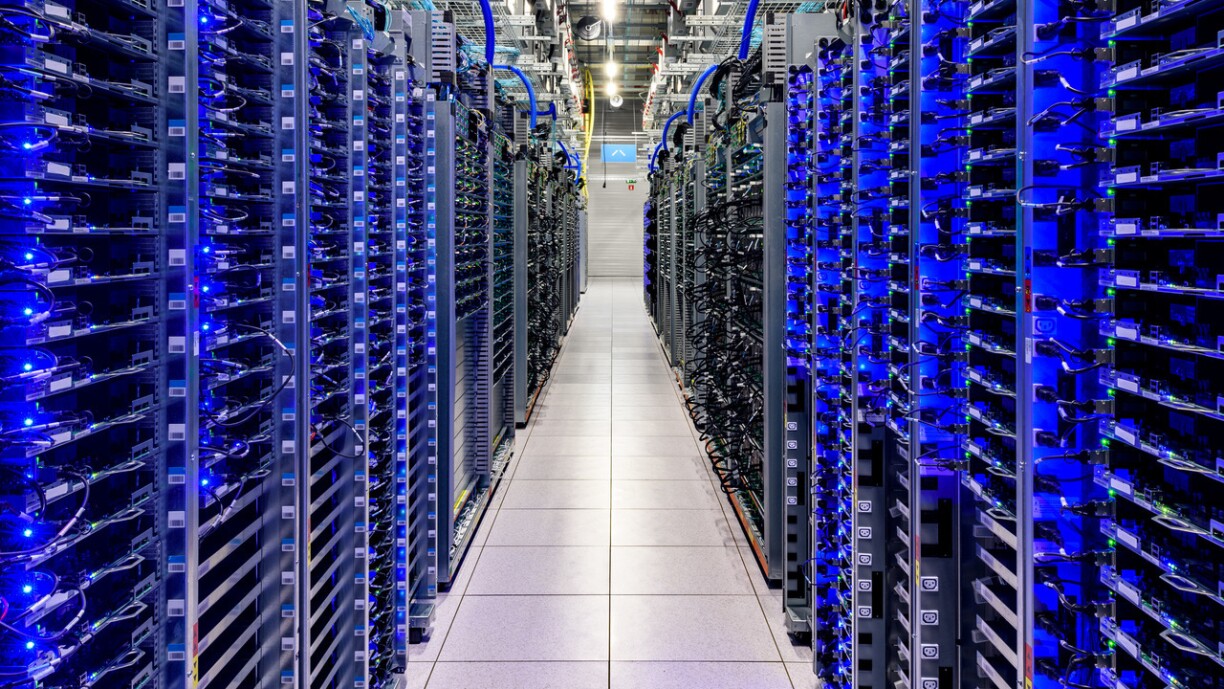
The construction in Bissen is expected to take place in two phases, with the first concluding in 2023/2024 depending on procedures. Creos could guarantee the power required for the first phase, with it expecting to use around 7% of the national energy consumption based on data from 2018.
The second phase would take place when Creos expands their capacities. Completing the second phase would use around 12% of the national power consumption, compared to 2018 data.
Fabien Vieau, head of European data centres for Google, told RTL that they would also analyse the possibility of installing a photovoltaic system, which could provide some of the energy required.
It is not just energy consumption which remains a point of interest, with the cooling system for the data centre also in question. One suggestion, to divert water from the Alzette river over several kilometres to the site using the so-called free cooling method, is one of the most passive methods available. However, potential droughts in the summer months could lead to authorities banning the use of the river water, in which case Google representatives said they could fall back on SEBES drinking water.
Google has been looking for suitable land in the Grand Duchy for the last three years, choosing Luxembourg as a base due to its location in the heart of Europe, and for its available resources and infrastructure networks.
Google incredibly keen to set up data centre in Luxembourg, but not yet at deciding point